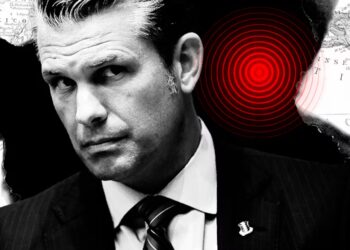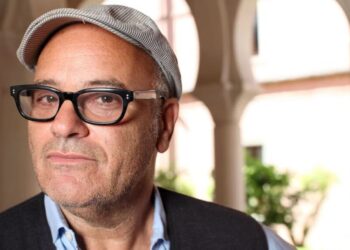Pentagon Pete’s Embarrassing New Boat Strike Blunder Exposed
Pete Hegseth’s bomb-first, question-later approach to alleged narcoterrorists is reportedly helping those same terrorists get off scot-free. A Hegseth-directed bombing...
Kennedy Center Threatens $1 Million Suit Against Musician Who Nixed Christmas Date to Protest Trump Name Change
Kennedy Center president Richard Grenell threatened to sue Chuck Redd after the musician unexpectedly cancelled a Christmas concert days after...
Letters to Sports: Playing the blame game in USC-Notre Dame debacle
1 p]:text-cms-story-body-color-text clearfix”> Bill Plaschke writes, “If the Trojans truly want to return to greatness, being selected for the CFP...
Did Noah’s Ark really exist? Pottery fragments found near Biblical boat site provide evidence of human settlement
Is it a case of life imitating Ark? Archaeologists might have discovered a major milestone in the quest to prove...
Tori Spelling postpones Las Vegas event over illness: ‘I have to choose my health’
Tori Spelling is postponing a Las Vegas event because of an illness. In a post via Instagram on Saturday, Spelling...
Winter storm hampers U.S. holiday travel across Northeast, Great Lakes
BOSTON — More than 1,000 flights were canceled or delayed across the Northeast and Great Lakes regions due to snow as thousands...
African regional bodies reject recognition of Somaliland by Israel
NAIROBI — Africa’s regional governance bodies on Saturday rejected the recognition of Somalia’s breakaway region of Somaliland as an independent nation by...
Amos Poe, ‘The Blank Generation’ and ‘Subway Riders’ Filmmaker Who Documented New York Punk, Dies at 76
Amos Poe, the experimental filmmaker whose raw, do-it-yourself films captured the emergence of New York’s punk rock scene and helped...
It’s Time to Give the Ovary Some More Respect
The egg has become a dominant source of anxiety for many women. Human eggs are finite, declining in both quality...
Girl, 4, Dies After Being Found Unconscious in the Bronx
The police are investigating the death of a 4-year-old girl who was found unconscious in the Bronx the morning after...














